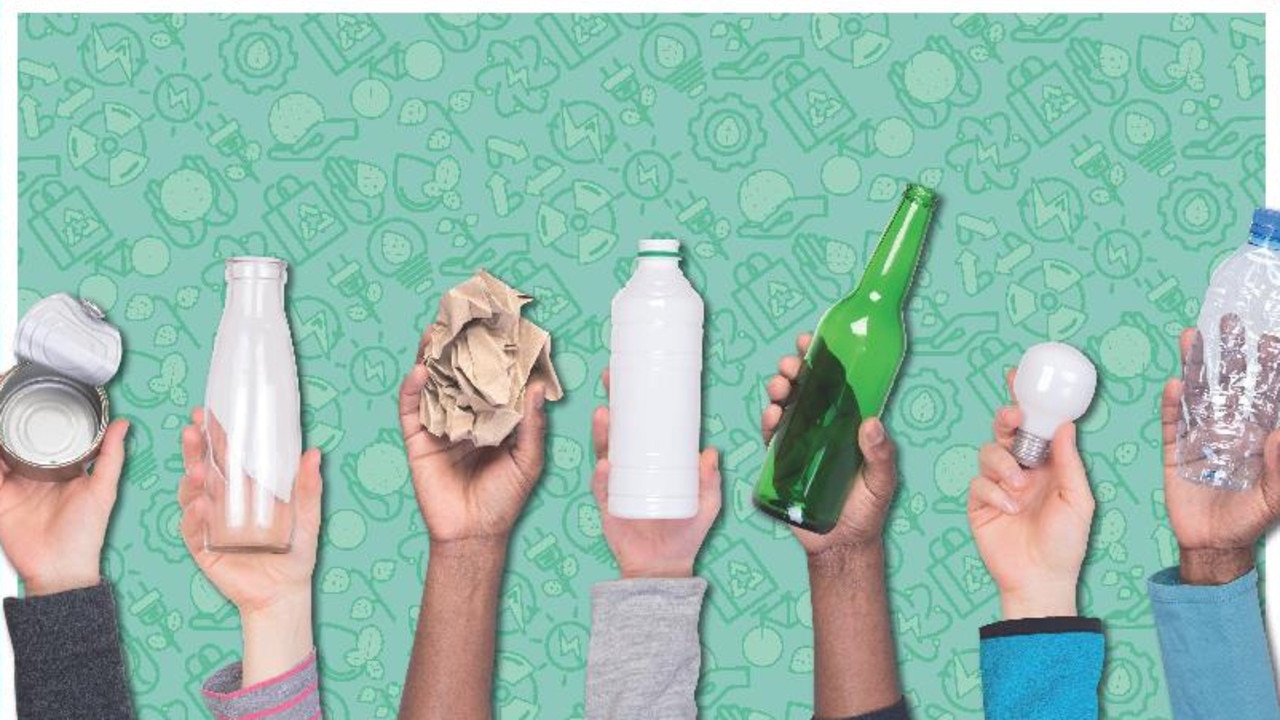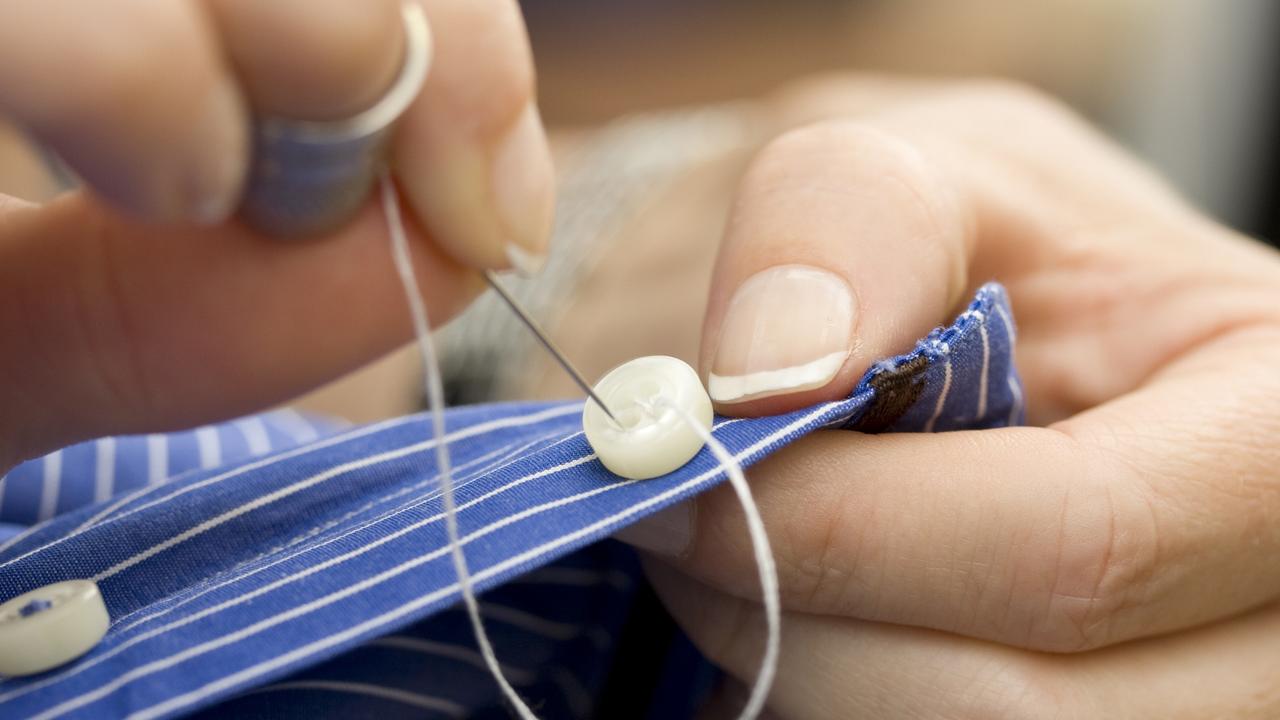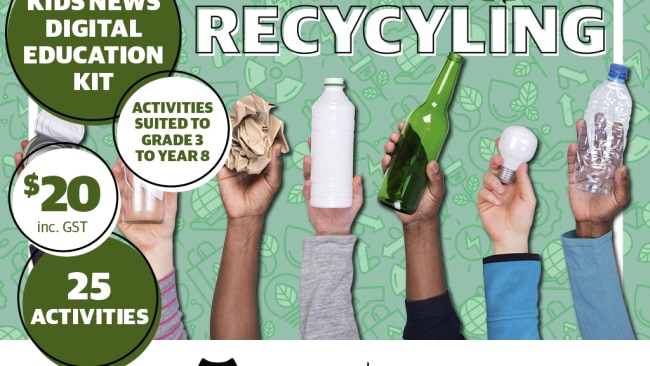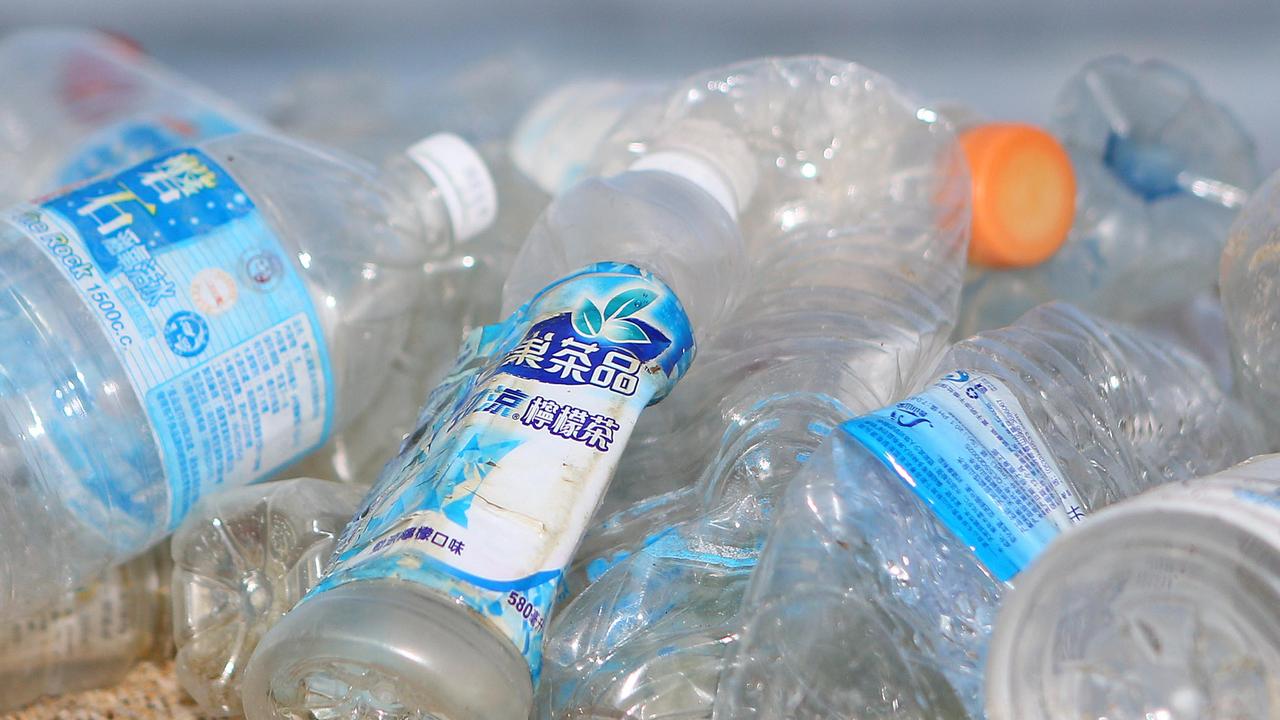The simplest solution to the world’s waste problem is to not produce it in the first place
PART TWO: Helping keep the earth clean is as easy as learning the three Rs ... reduce, reuse and recycle. That way you’ll do your bit for the environment and you’ll save money, too

READING LEVEL: GREEN
Australians need to get better at not making waste.
Our nation makes more than 64 million tonnes of waste a year. That’s more than 2.7 tonnes of waste for every person, according to the government’s National Waste Report 2016.
Though more than half this waste is recycled, NOT creating the waste in the first place would be even better. We could save money and help protect the environment.
Knowing how not to create waste is as simple as remembering the three Rs: reduce, reuse and recycle.
REDUCE: If we can reduce how much we use, this is the best way to create less waste and should always be the thing to aim for.
REUSE: This helps keep things from becoming waste for longer. If you must buy something, reusing it again and again is better than throwing it out.
RECYCLE: The last resort* of the three Rs. Recycle when you can’t reduce or reuse.
The reduce, reuse and recycle hierarchy* forms part of Australia’s official waste policy, which means this is what the government and planners have decided is best to manage waste in the future.
Reducing and reusing prevents more pollution being created caused by mining or harvesting* new materials; the less you mine, harvest and make the less energy you use and the more resources are available for the future; and the less you buy the more money you save. Reducing and recycling also reduces the amount of waste that will need to be recycled or that can’t be recycled.
VIDEO: Some smart ways to use reusable items every day
There is a very long list of ways we can all reduce and reuse in our lives.
Here are a few ideas to get you started.
BUY LESS: Do you need to buy another set of Lego when you already have heaps? Do you need another T-shirt when you already have four? Does your big brother or sister’s coat fit you when it no longer fits them? Buying less saves money. Having less means it’s easier to tidy up your room, too.
BUY USED: You can find almost everything second-hand. Try charity shops for clothes, books and toys. Often, used items are less expensive and just as good as new.

GIVE MORE: Charities rely on donations of used or unwanted things in good condition. The charities either sell these things in their shops to raise money, or they give the goods to people who need them. When you’ve finished with something that belongs to you it’s not helping anyone if it’s just stored in a cupboard.
Give clothes, sporting equipment, books and household goods.
Check that your items are clean and in good condition, because charities can’t wash or fix donations.
GIVE BACK: Once you’ve finished with or grown out of your school uniform, school bag or a school textbook, offer them back to your school to give to another student next year.

REDUCE PACKAGING: Look for products that use less packaging, which uses less resources to make the packaging and creates less waste. Buying food in bulk* is one way to reduce packaging. Many bulk food shops allow you to bring your own containers and bags for your shopping.
BUY REUSABLE: Give up disposable*, single-use items. Encourage everyone in your household to use re-usable cups when they buy takeaway drinks, take drink bottles instead of buying bottled water and take your own cutlery*, cups and plates to school, work and on picnics.
BUY RESPONSIBLY: Choose to buy from companies that reduce the waste they create, recycle, use less water, electricity and other inputs. Some clothing companies, for instance, minimise waste fabric and use environmentally safe dyes*.
REPURPOSE: Next time you need something, look about your house and you may already have what you need, if you think carefully. Instead of buying plastic food containers, for instance, perhaps something you bought recently came in a container you could reuse.

REPAIR: A rip in your shirt or a button missing, a hole in your sock, a bike tyre with a puncture* and a wooden chair or toy that’s a little wonky can all easily be fixed with basic tools and simple skills. A sewing needle and a couple of different coloured threads, a tyre repair kit and a tube of wood glue are great to have in your useful box. Electrical appliances and computers can often be repaired by an expert. There are also community groups in some areas that repair items such as bikes so they can be donated to others who need them. You can try searching the internet to find a repair group near you.
SHARE AND HIRE: If you only use something occasionally, such as tools, a lawnmower, a trailer, lots of outdoor chairs for a party, ski boots, a tent or a food dehydrator* share between your friends, family and neighbours. If no one you know has what you need, renting or hiring is usually much cheaper than buying.
EXTRA READING
Part One: Why we need to talk about waste and recycling
Part Three: Australian recycling – then and now
Part Four: Follow recyclables from the bin back to you
FOR ALL RECYCLING STORIES, click HERE
GLOSSARY
last resort: only used when all else has failed
heirarchy: order or ranking
harvesting: collecting
bulk: large amounts
disposable: intenteded to be thrown away after use
cutlery: knives, forks and spoons
dyes: liquid that colours fabric
puncture: put a hole in
dehydrator: device that removes moisture from food
LISTEN TO THIS STORY
25 CLASSROOM ACTIVITIES
For classroom activities on this story and much more, go to https://kidsnews.myshopify.com/products/kids-news-digital-education-kit-recycling to purchase the recycling workbook with 25 activities for the early bird price of just $5 (including GST).
Earlybird offer ends at 5pm on December 14. Thereafter, the price increases to $20 inc GST.
SOURCES
Department of the Environment and Energy, visit environment.gov.au
Department of the Environment and Energy Australian National Waste Report 2016, which you can see at visit bit.ly/2g14S9F
Planet Ark, 25 things you can reuse at home, visit recyclingnearyou.com.au/education/25-things-to-reuse.cfm

